Develop better self-management skills.
With the patterns you see in your time log data, you may quickly recognize the most common elements that steal your time. Maybe you’re constantly derailed by untrained employees, too many emails, customer phone calls, broken equipment, a talkative vendor, or your tendency to get distracted. To manage your time well, you need first to recognize what’s consistently getting in your way and develop self-management techniques that align specifically with them.
For example, if you’re constantly pulled into spontaneous customer calls, make it a practice not to answer your phone—always take a message, then either delegate the call to someone else or return the call during a window you’ve pre-set for phone calls.
Here are some other techniques you may want to try:
- Schedule one hour per day for strategic work.
- Don’t overbook yourself.
- Delegate as much as you can.
- Use idle time productively (reading, listening to audio resources).
- Say no sometimes
- Use gatekeepers to screen out tasks that do require your attention.
Remember to use your list from The Time Maximiser to create this list and try to stick with it.
Consistency and focus will drive your successful outcomes; the only way to do this is with planned intentions and specific actions.
Prioritize strategic time in your daily routine.
Most people overestimate what they can accomplish in a single day. You undoubtedly know the feeling of creating a to-do list with everything you’d like to accomplish, but within that list, do you differentiate between what truly needs to get done and other less important tasks? The goal of establishing a daily routine is to ensure that you get to your priority items, no matter what. So start at a higher level, with a realistic weekly priority list. Your list should include 3-5 priorities and dependencies for each, including the resources and information you need and who else is involved in the task.
Once you have your weekly HPA’s, make the focus of each day on the essential tasks needed to accomplish your weekly goals.
Your daily HPA schedule should include the following:
- High priorities: Up to five tasks that you must take care of that day.
- Working ON The business: Try to incorporate at least 1 hour per day ON the business
- People: Any individuals you need to contact today
- Communication: Any essential phone calls, emails or meetings
- Unstructured time: Use this to work on strategy or to take a needed break
Take into consideration what time of the day you’re at your best for specific tasks. If you like to take care of phone calls and email first thing in the morning, block your first 30 minutes just for that.
Once you have completed the time analysis worksheet, you can start to identify your Box 3 Eisenhower tasks/Your success goals (Working on YOU and Your Business)
Objective:
- Plan a default diary to help guarantee you have time built in for important activities (box 3 in Eisenhower’s matrix of tasks)
Instructions:
- Populate the daily template with a maximum of 5 high payoff activities (HPA) per day.
- Each activity should be no longer than 1 hour. If the activity is 2 hours long or more, then it needs to take up two boxes.
- Test and tweak each week until you are comfortable you can stick to it.
This can be downloaded as a separate PDF worksheet.
Click Here To Download The Worksheet


